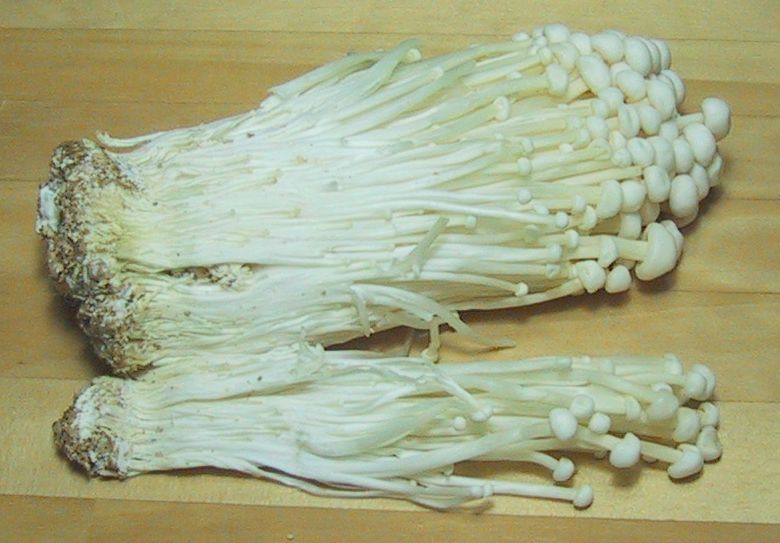Super short but oh-so-delicious post for you today.
Oyster. Mushroom. Bacon.
It's salty. It's savory. It's blackened, but not smoked. It's both crisp and chewy.
Oven roasting or grilling oyster mushrooms has long been my favorite way to prepare them fresh. They just get so super umami over high heat.
The middle of the caps are the most meaty in terms of texture, and really showcase the best mushroom flavor, but the most delectible bits are always the outer edges. Those edges, thin fleshed and naturally drier, get crispy brown or blackened, almost like deep fried.
I came upon this decent-sized haul of winter oyster mushrooms yesterday, while hunting for pecans. The caps were enormous, 6 to 12 inches across, and very thick in the middle. In the summer, oysters at this level of maturity would be fully infested with bugs, but because this is the winter they were flawless inside, very fresh, and exceedingly dense: full of moisture.
That said, mature oyster mushrooms that have already dropped their spores tend to be a little less flavorful than when they are younger and still have in-rolled edges.
With that in mind, I was thinking about ways to make the entire mushroom more like the crispy/oven fried bits, with less of the chewy/meatiness. I decided to salt them and let them sit and drain for a while, desiccating the mushrooms somewhat, so that the whole thing would crisp up and get caramelized. This added to the total prep time, but as I had plenty else to do -- and the mushrooms were just kinda sitting around--it worked out great.
Keto, vegan oyster mushroom bacon
1/2 cup olive oil or high-heat oil of your choice
1 tbs. kosher salt
3 tbs. smoked paprika
2 tbs. garlic powder
1 tbs. freshly ground black pepper
1 tsp. ground celery seed
- Rinse your mushrooms, cleaning off any debris, and lightly pat dry -- leaving them still slightly damp.
- Sprinkle the mushrooms with salt, paprika, garlic powder, celery seed and black pepper and set in a colander or on layers of paper towel to drain. The salt will help draw the moisture out of the mushrooms, encouraging them to really crisp up in the oven. Let sit for 40-60 minutes.
- When the mushrooms are ready (they should be about 3/4 the size they were before, with a lot of water having been drawn out of them, preheat the oven to 400 degrees.
- Arrange the mushroom caps on a foil-coated baking sheet, they shouldn't touch or overlap each other.
- Drizzle with olive oil, flip and drizzle the other side as well. Brush both sides to coat.
- Bake at 400 for 30-60 mins, depending on the cap thickness. After that, check and see if your caps are crispy fried. If your caps are thick, you will need to flip them and keep them in for another 15-30 minutes.
- Enjoy however you would bacon!




































